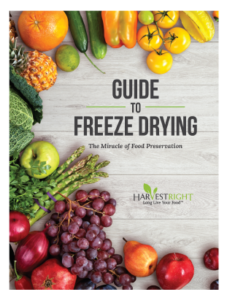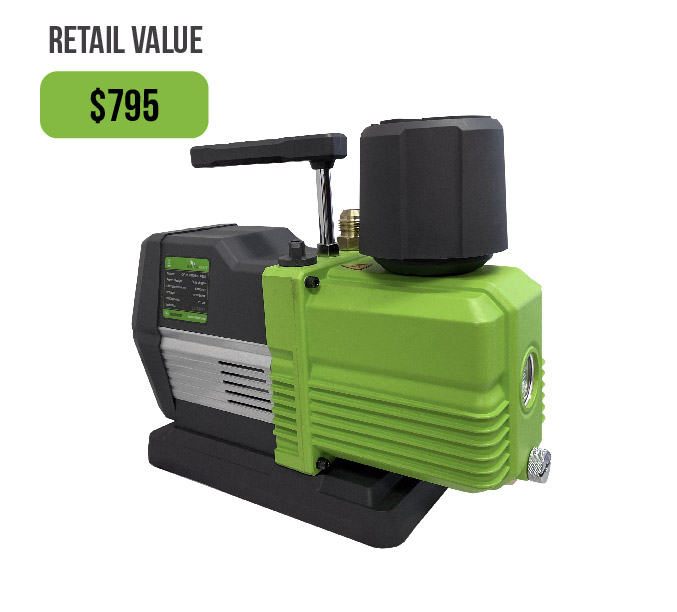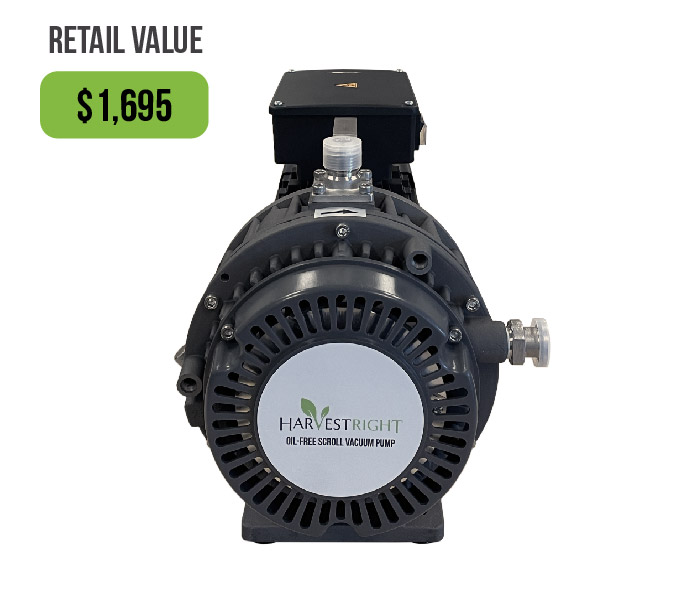What Happens During the Drying Phase?
After the vacuum freezing stage, your freeze dryer moves into the drying phase. This is when most of the moisture is removed from your food.
How the Drying Phase Works
- Heat and Vacuum:
Once the vacuum pressure is low enough, the heating elements turn on. The heat causes the frozen moisture in your food to turn directly into vapor (a process called sublimation). This vapor then freezes onto the cold chamber walls.
- Temperature Fluctuations:
It’s normal to see the temperature inside your freeze dryer go up and down during this stage. You might notice temperatures in the single digits or even in the triple digits, depending on your dry temperature setting. Don’t worry—this is expected!
- Dry Sensing Control:
The freeze dryer turns the heat on and off throughout the drying process. This helps control how quickly water leaves your food, making sure the vacuum pump can keep up and the vapor freezes to the chamber walls instead of being pulled into the pump.
- Why Some Foods Take Longer:
Foods with a lot of water take longer to dry. The freeze dryer carefully manages the heat and vacuum pressure, cycling the heat on and off until most of the moisture is gone.
- When Is It Done?
The drying phase continues until the freeze dryer senses that very little or no more moisture is being released from your food. This means your food is almost completely dry and ready for storage.
If you have questions about the drying phase or need help, our Customer Support team is here for you!



